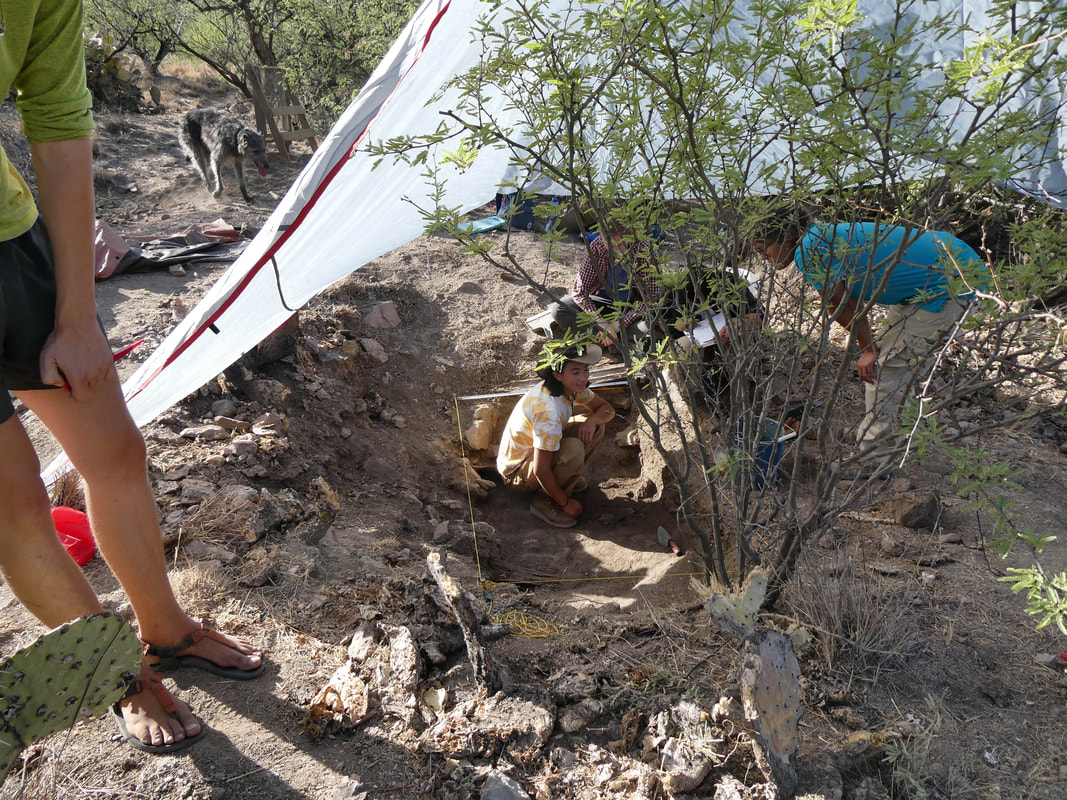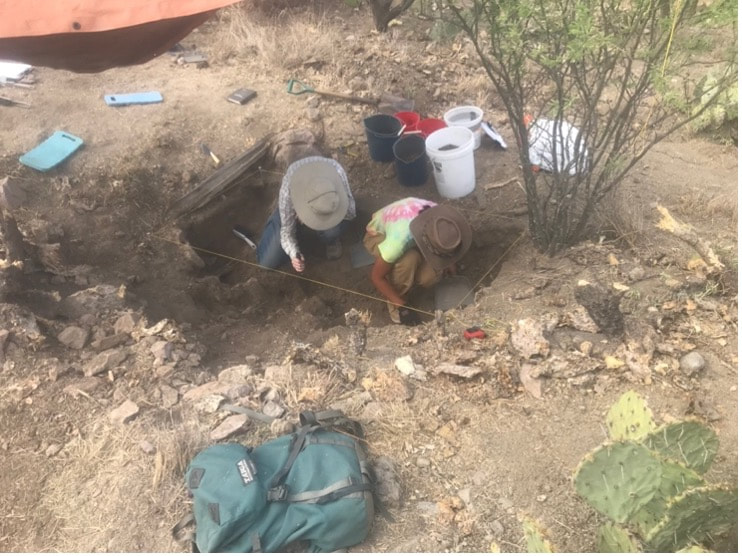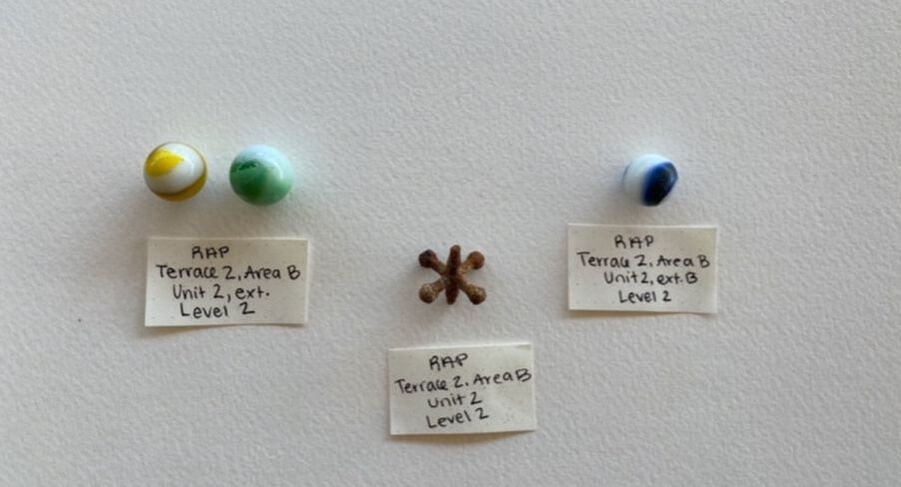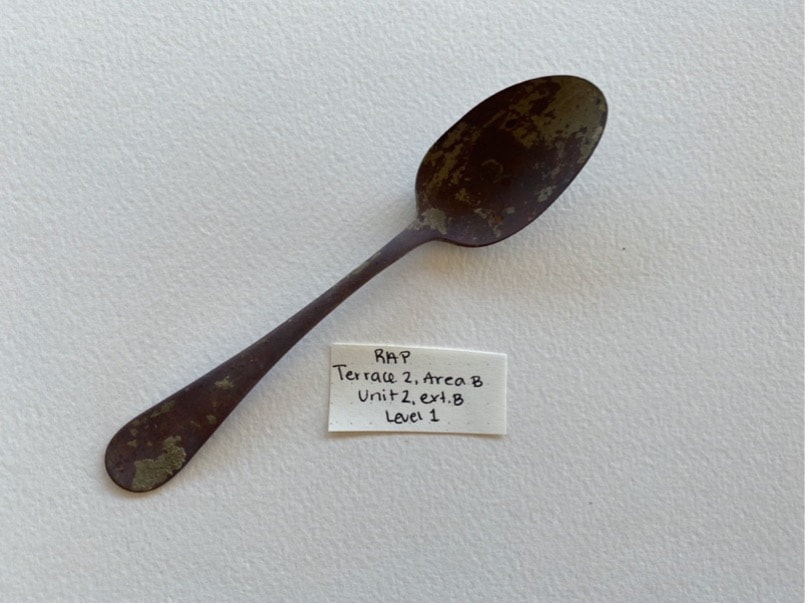Dr. Haeden StewartI am an archaeologist and professor of Anthropology at the University of Massachusetts as well as the director of the Ruby Historical Archaeology Project. Starting in the summer of 2020 the Ruby Historical Archaeology Project has been doing archaeological survey and excavation in the historic ghost town of Ruby. The goal of this project is to use the methods of archaeology to explore the early industrial history of the area, specifically looking at the ways that industrial mining transformed Southern Arizona, the local environment, and the lives of the people who lived there. Historical archaeology (archaeology of America post-1490s) is often identified as providing a unique perspective on the lives of people who are commonly ignored in the historical record. By looking at the material remains of people who are not commonly written about (laborers, women, enslaved peoples, etc.) archaeology can tell stories about people that would otherwise be silenced. Furthermore, by studying these people through the material culture they leave behind (things that people lose, discard and throw away) archaeology can uncover the mundane aspects of everyday life that would otherwise go without saying: what people eat, how they play, what they buy, what they make etc. With this in mind, over the past two years the RHAP has been interested in uncovering the lives of the families who worked and lived in Ruby in the 1930s and to use archaeological remains to add texture and context to the historical records from the period. In 2020, two grad students and I performed archaeological survey across two neighborhoods of Ruby that were occupied during the 1930s. The first was the tent city northeast of Town Lake where the miners and their families lived. In the 1930s, this area was covered with large canvas tents placed on top of large flat terraces that were built into the hillside. The second neighborhood was the neighborhood north of Ruby’s schoolhouse called ‘Hollywood’ where most of the middle-class managers and mining engineers lived with their families. This summer, the RHAP returned to Ruby as part of an Institute for Field Research (IFR) field school and brought with us 9 college students to help train them on the skills and practices of archaeology. With these students, we have spent the past four weeks excavating at the tent-city neighborhood. In this neighborhood we have focused on excavating the raised stone terraces that the homes and tents of these communities were built upon. While the tents are long gone, the people who lived in them left lots of material culture behind that can tell us useful information about their lives. By focusing on these terraces, our excavations can help us reconstruct out how the families lived in this place, what kinds of activities they did in different areas. Excavations of these terraces produced lots of interesting stuff, including a significant amount of child toys (Fig. 3) along with other notable artifacts associated with domestic home life (buttons, sewing scissors, spoons etc). While artifact analysis is in its earliest phase, these objects give us a tangible sense of the family life that was lived on these terraces. Along with excavating the tent-city terraces, we also focused our excavations on the areas where the old privies that used to serve the tent city. While not as full of material culture as the terraces, in these privies we collected large samples of soil in order to identify the presence of seeds and other botanical materials in the privy holes. Just this past week, paleo-botanical specialist Lindi Masur has come down to Ruby from Nashville to identify seeds from these samples that we collected from the old tent-city privies. The goal for this research is to be able to use the privies and the seeds left behind in 80-year-old poo to help reconstruct the diets of the families who lived in the tent city.
We still have one week left out at Ruby, and all of our analysis of artifacts and samples is still in its very preliminary stage. However, what we recovered is very promising and points to a bright future in our attempts to reconstruct family life at the tent city.
3 Comments
David Bygott
8/9/2021 11:22:22 am
Interesting! Hope you will update us after more analysis.
Reply
1/19/2022 08:29:41 pm
I found it interesting that you can find different things. I have a cousin who is looking for an archaeological service that can perform a survey for his upcoming project and asked if I have any idea what is the best option to do. Thanks to this informative article, I'll be sure to tell him that it will be much better if he consults a trusted archaeological service as they can answer all his inquiries.
Reply
2/23/2023 02:51:52 am
Reply
Leave a Reply. |
Ruby NewsKeep up with Ruby's collaborations and events here! Archives
June 2023
CategoriesHeader photo by Rob Vaughn
Instagram: @robvaughn_ |





 RSS Feed
RSS Feed